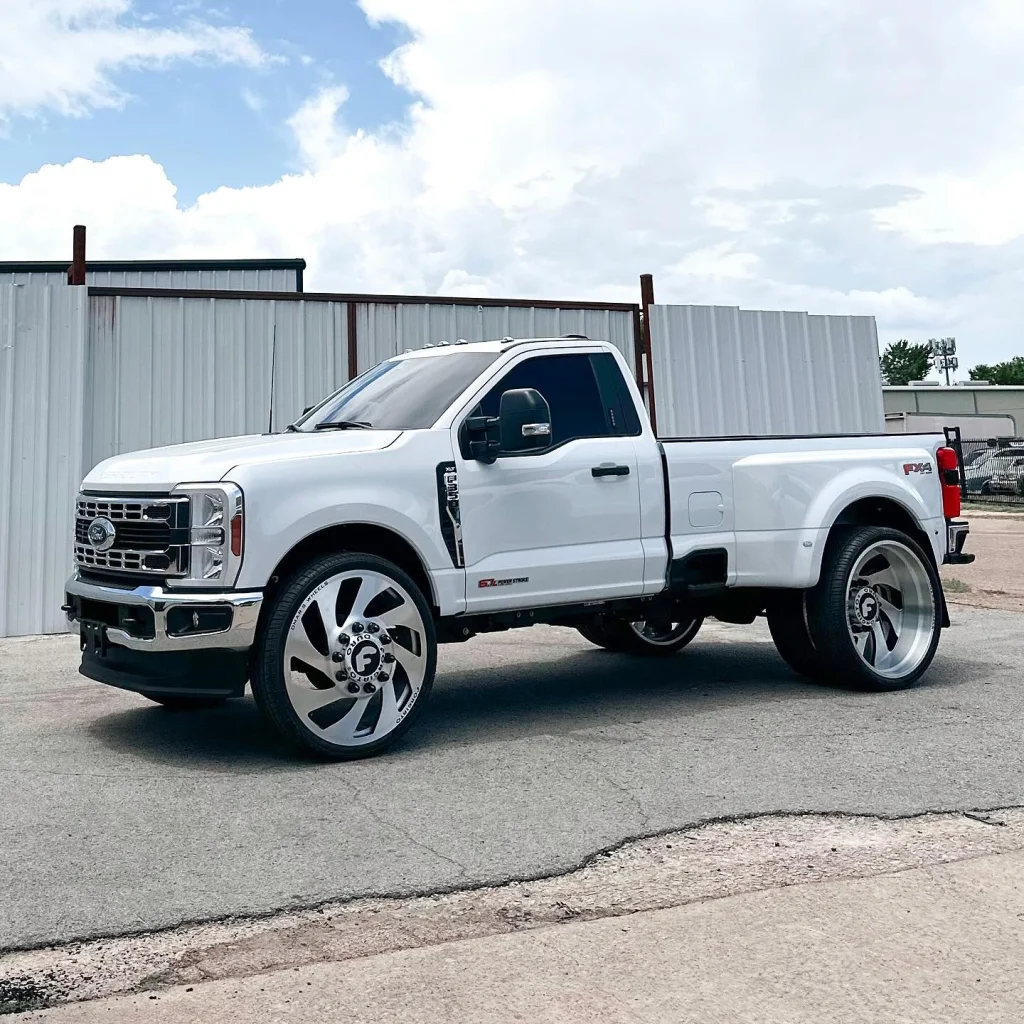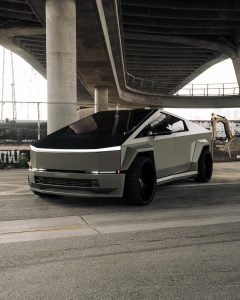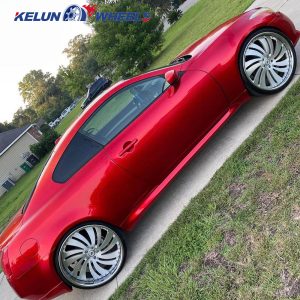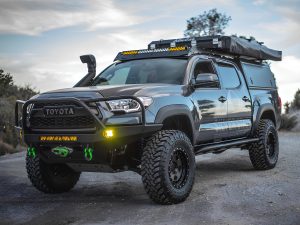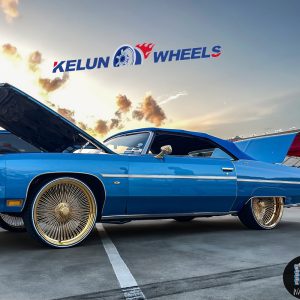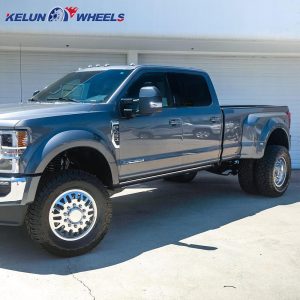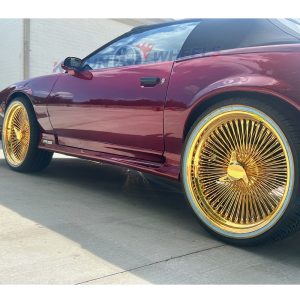-
whatsapp: +8616696837711
-
wheelim@kelunautoparts.com
-
营业时间 24H
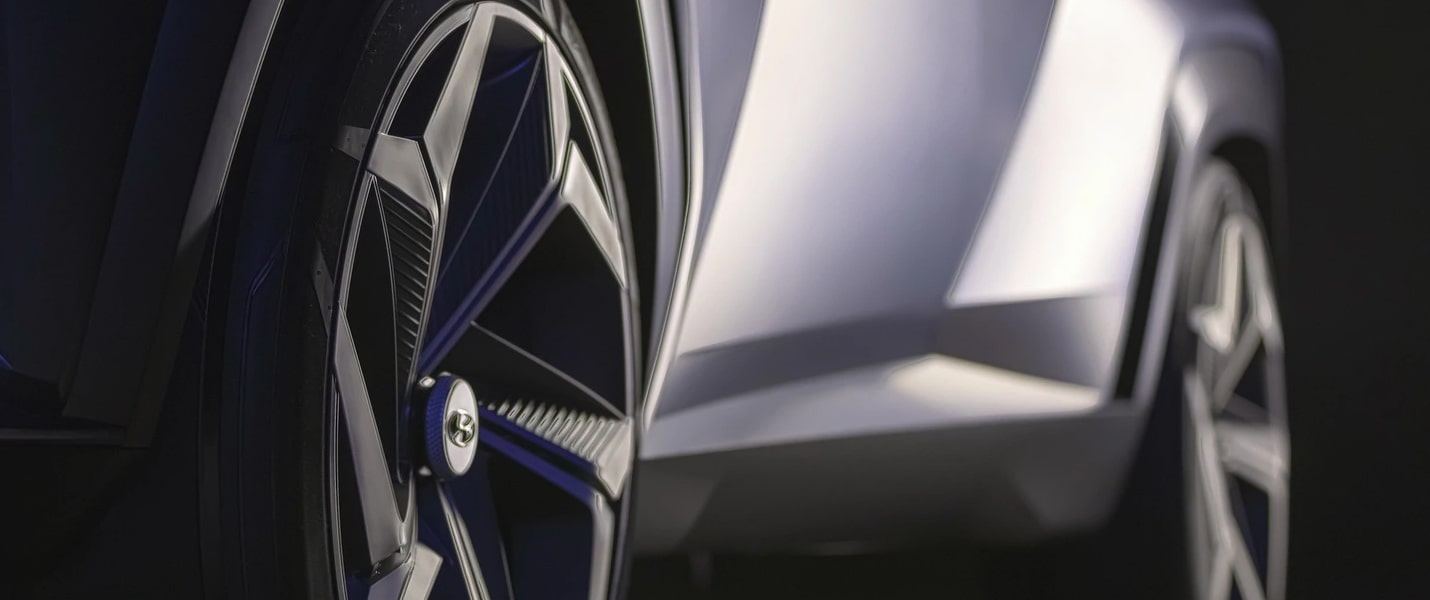
How to design personalized wheels?
In a world where conformity is the norm, dare to stand out. Custom forged wheels are not just an upgrade—they’re a statement. Crafted with precision, engineered for performance, and designed to reflect your unique style, they transform your vehicle into a masterpiece of personal expression
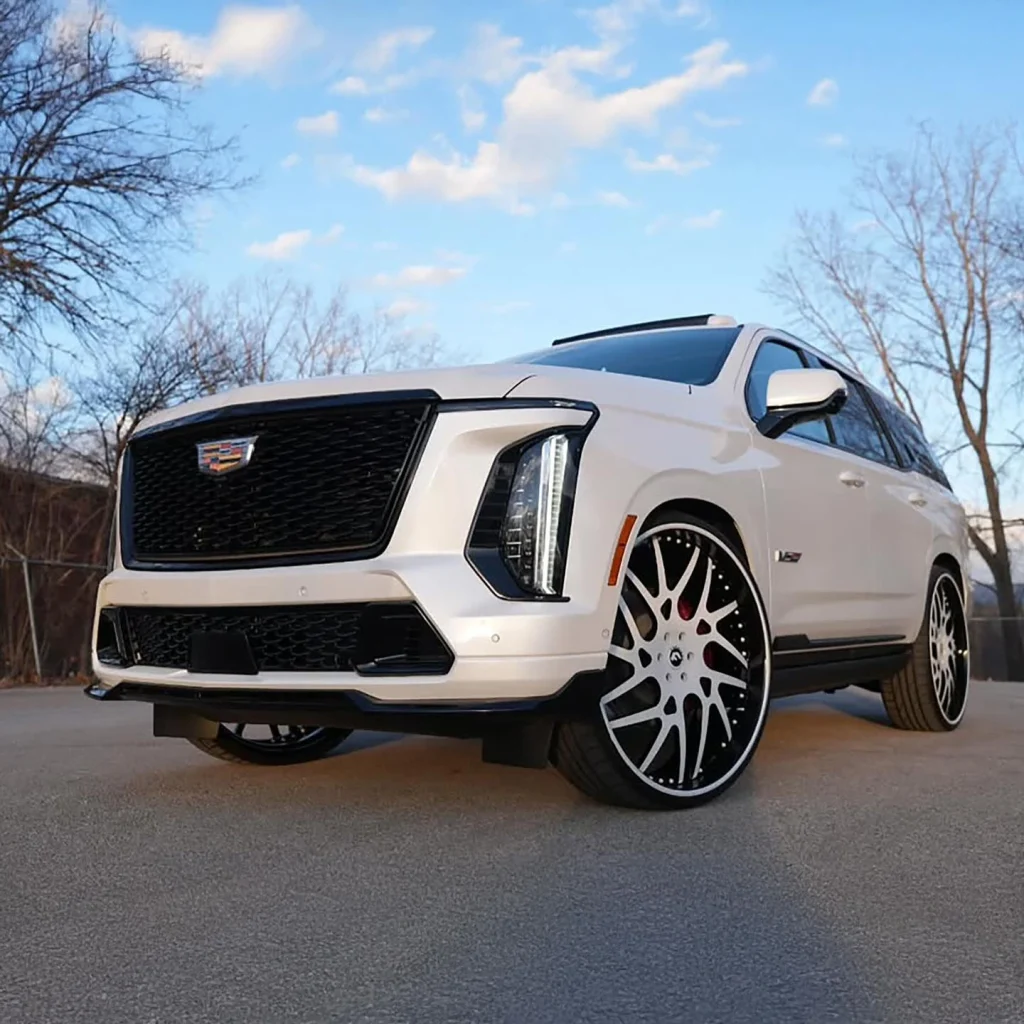
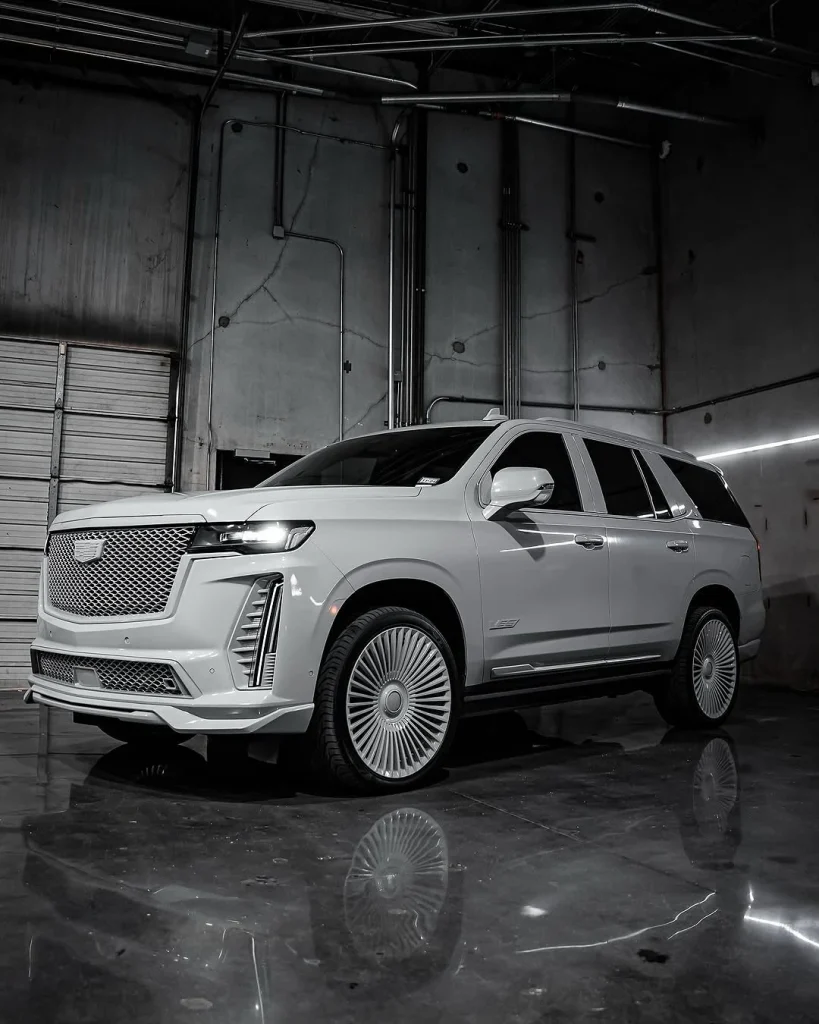
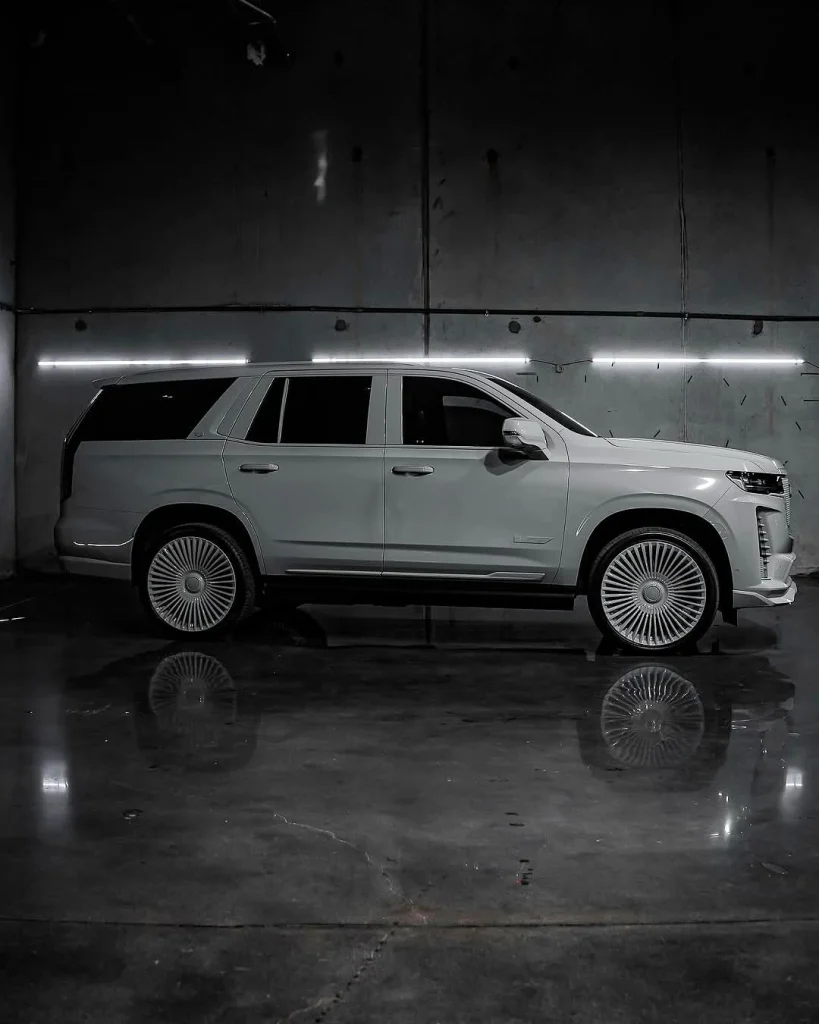
Designing personalized wheels can start from the following aspects:
- Aluminum alloy material
Aluminum alloy is a common wheel material that is lightweight and helps improve vehicle handling and fuel economy. For example, many sporty cars and high-performance vehicles use aluminum alloy wheels. When designing, the properties of aluminum alloys can be exploited according to different casting processes. For example, the use of forging process can make the molecular structure of aluminum alloy wheels more compact and stronger, able to withstand greater pressure and impact, and suitable for designing into complex and delicate shapes, such as multi-spoke and skeletonized shapes.
Special treatment can also be applied to the surface of the aluminum alloy, such as the use of bronze anodizing to give the wheel a retro style; or powder coating treatment to give the wheel a variety of vibrant colors, such as Ferrari red, Lamborghini yellow and other iconic colors.
2.Carbon fiber material
Carbon fiber is a high-tech material with an excellent strength-to-weight ratio. It is very strong, but has a very low density, which makes it an ideal material for cars that are looking for the ultimate in lightweight. In terms of design, carbon fiber wheels can be made into very thin and complex shapes because it is rigid enough to support the weight of the vehicle.
The surface of carbon fiber has a unique texture that carries a technological and high-performance feel all on its own. The carbon fiber texture can be highlighted with a clear coat, or it can be dyed to match the overall color or style of the vehicle, depending on the customer’s needs.
- Magnesium Alloy
Magnesium alloy is a relatively new wheel material that is lighter than aluminum alloy, with a density about 2/3 that of aluminum alloy. this characteristic has a significant effect on reducing the unsprung mass of a vehicle, thereby improving acceleration and braking performance. In terms of design, magnesium alloys have good ductility and can be manufactured in a variety of creative shapes.
However, magnesium alloys have relatively poor corrosion resistance, and surface protection treatments need to be considered during design, such as high-quality plating or coatings to prevent corrosion, while also increasing the aesthetics of the wheel.
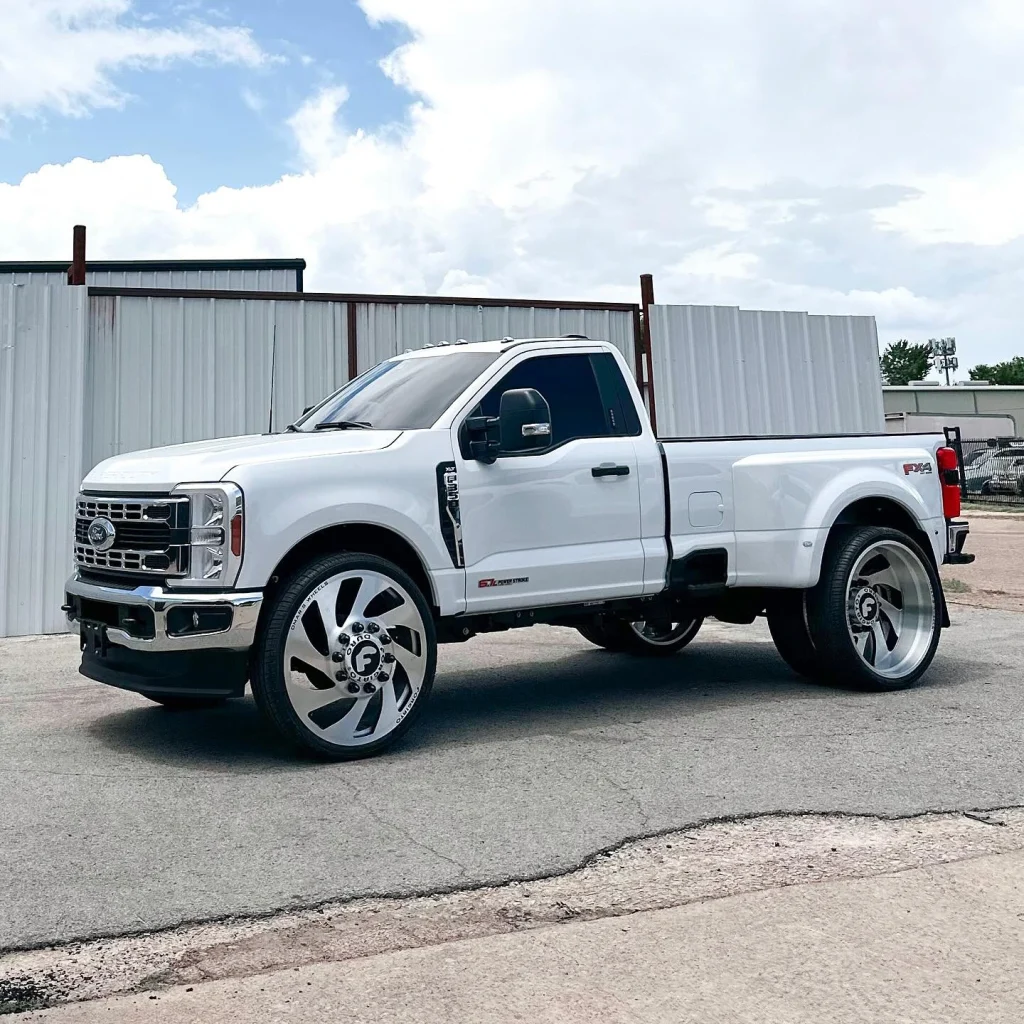
Surface Treatment and Color
1. Painting process
Baked enamel is the most common wheel finish, offering a wide range of color options and good durability. Through a multi-layer baking process, the color of the wheel can be made more vibrant and long-lasting. For example, the use of metallic paint baking can give the surface of the wheel a metallic-like luster, which produces unique light and shadow changes under different lights.
In addition to baking paint, there is also electroplating process. Electroplated wheels can present high brightness silver, chrome and other metallic luster, which has a strong visual impact. And the plating layer can provide better anti-corrosion performance. In addition, there is also a brushed process, by brushing the surface of the wheel to form a delicate texture, which can be straight, concentric or irregular, giving a unique texture.
- Color matching
When it comes to color selection, consider the overall color and style of the vehicle. If you want to highlight the sporty look of the vehicle, you can choose a contrasting color combination, such as a black body with bronze wheels or a white body with glossy black wheels.
For some customized vehicles, the color can be chosen based on the owner’s personal preferences. For example, some vehicle owners like to personalize two-tone wheels, i.e., different parts of the wheels are in different colors, such as one color for the outer rim and another for the inner rim, which can produce a dynamic visual effect when the vehicle is running.
